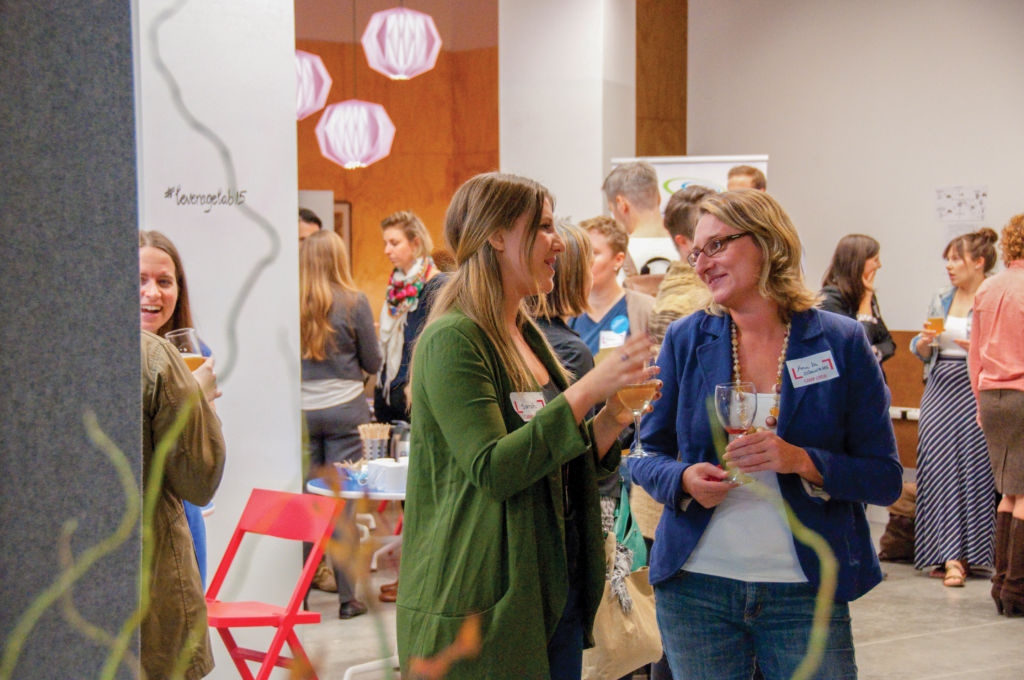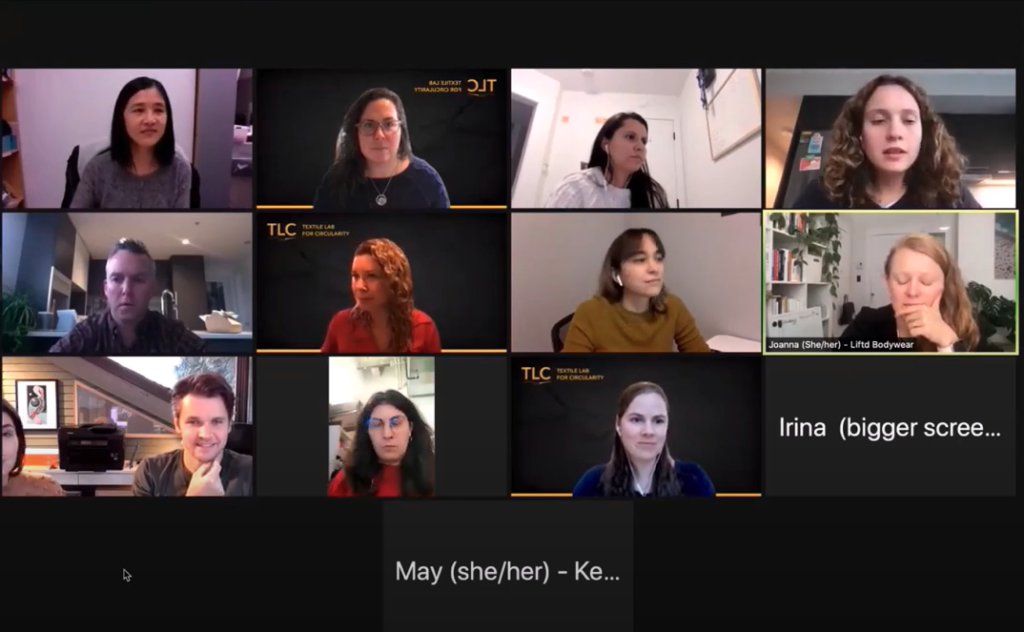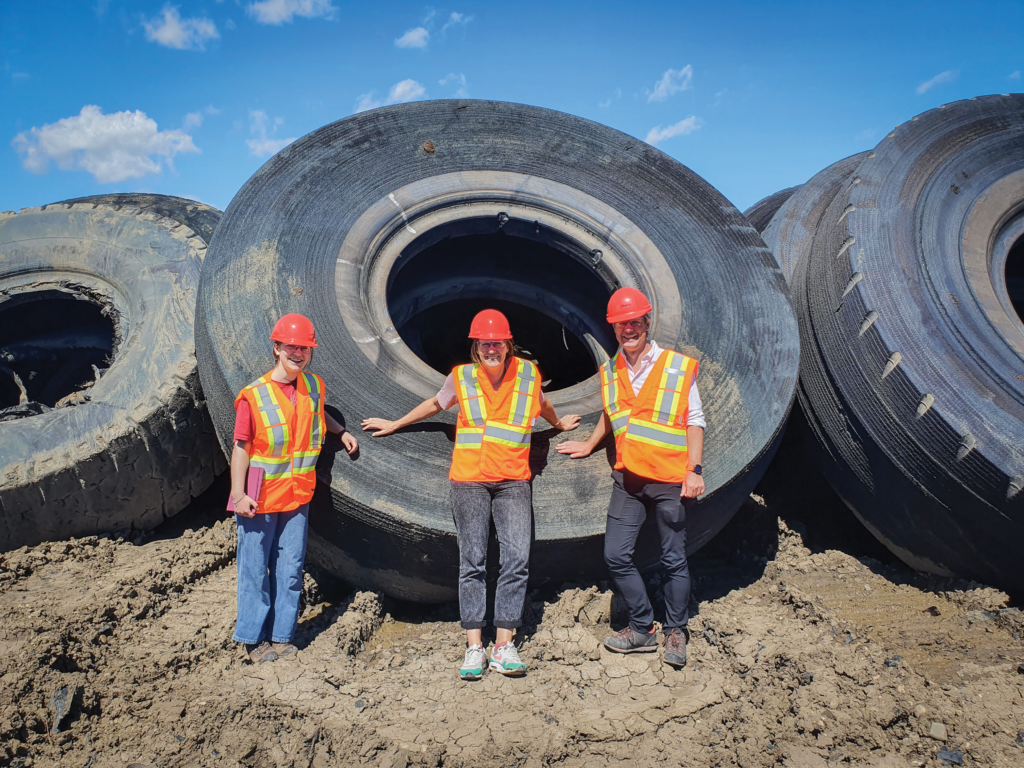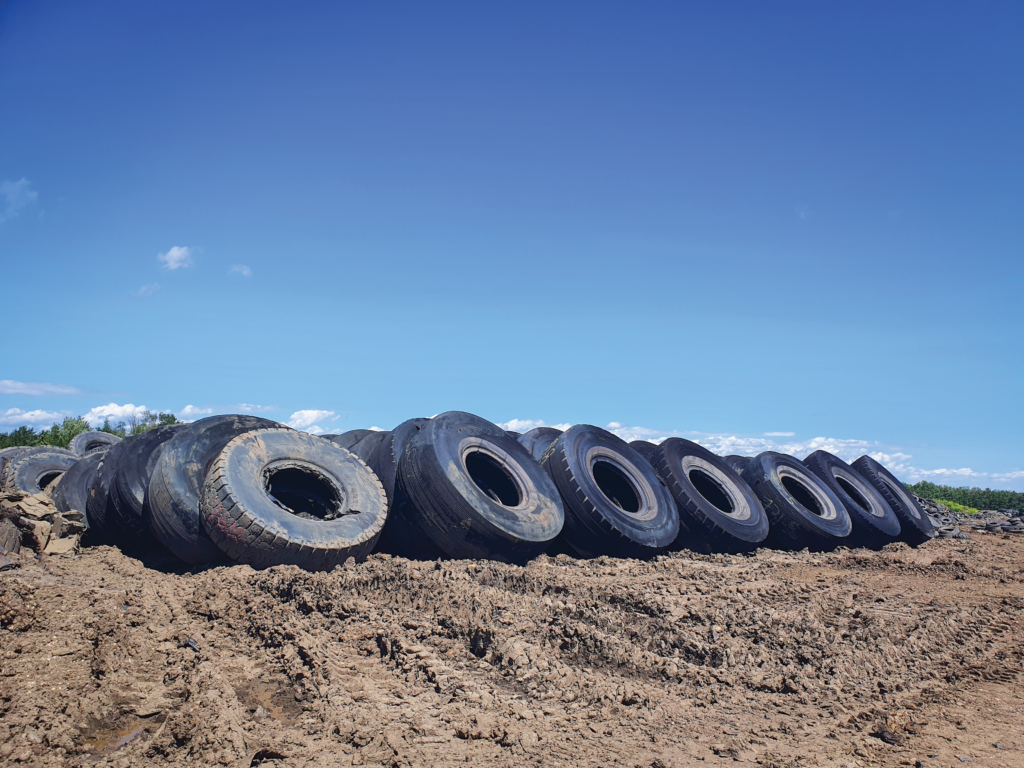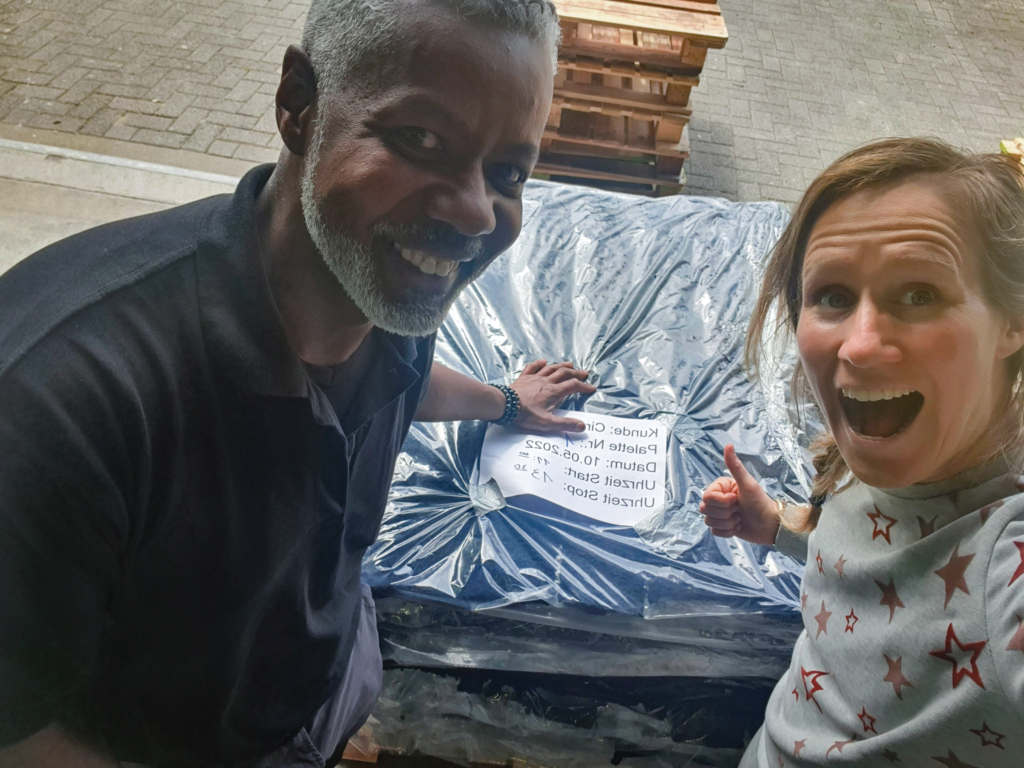When it comes to making purpose-driven purchases, there’s a gap that can’t be ignored. While 65% of consumers want to buy from purpose-driven brands only 26% do. To make the world better, we need to narrow this divide. So how can you empower more people to choose purchases that are better for the world? Here are six recommendations purpose-driven brands can incorporate into their impact marketing so customers are empowered to vote with their dollar.
Focus on Customer Education
We’ve all heard that phrase of “voting with your dollar” as a way to directly align purchasing behaviour with desired outcomes. The problem is, it’s not that easy or simple for most people to do that.
We believe that most people, given no other barrier, would choose to purchase a ‘better’ option for the planet, however affordability and perceived cost are genuine hurdles to being able to cast one’s vote.
For example, in today’s world, environmentally sustainable products tend to require more time, effort, and ingenuity to make and, as such, their cost is typically higher. The consequence: it’s hard for these products to exist in large supply.
In order to empower consumers and businesses to choose purpose-driven products and services over the “default option,” brands need to provide resources that will educate consumers about true cost. Once made aware of this information, perceived value will begin to shift and purchasers will be equipped to decide if a brand’s impact is really worth their investment.
Explain Return on Investment
This brings us to a critical point – purpose-driven brands should consider treating their customers more like investors.
Investors want to feel that the reward is greater than the risk, they want to see tangible impact, and they want to know they can trust your brand. Also, by reframing customers as investors, the end game for companies and brands shifts to ensure they’ve considered how their customers can feel invested in seeing the brand they support thrive.
Aligning marketing efforts to meet these needs and viewing customer purchases as capital to support your cause will help bridge the value-action gap and create a more-deeply engaged customer base.
Draw Lessons from Luxury Brands
That people are willing to pay more for one type of product relative to another, regardless of a difference in quality, is not new.
Luxury brands, for example, have already figured this out. Consumers of luxury goods, such as a $4000+ purse, spend their money because it allows them to make a statement about the vision they want to project.
If purpose-driven brands follow this example and clearly communicate why their products or services are worth the premium price, it will encourage customers to invest. For instance, Patagonia has been very successful in both selling products at a high price point and expressing their values. Their customers support and participate in Patagonia’s impact by purchasing their products to the point where the Patagonia brand is now symbolic of a more conscientious purchase.
Communicate the Reward Rather Than the Risk
You know what your brand’s vision for the future is, but does your audience?
If there’s one important lesson to draw from investor psychology, it’s that people opt for a reason to believe in something working out. The key for purpose-driven brands is not to just talk about your product or service, but to truly market your vision for the world.
If you want consumers to invest in the true cost of the product or service you’re offering, you have to connect what you’re selling to that vision of a better world, and one very effective way to do this is with storytelling.
When purpose-driven companies use storytelling, it proves that the reward customers receive from investing in purchases from brands are worth the risk. This is vital for attaining customer loyalty and gaining long-term investors, rather than short-term consumers.
TOMS’ Our Story page presents a compelling narrative, which traces the company’s impact goals and accomplishments from 2006 to the present. Along with these highlights, it showcases their signature design and communicates tangible progress so customers can read more about their impact story.
Report Your Impact
Investors live and breathe progress reports – the same is true of your customers. What your company or organization is doing to help improve the world has to go beyond your product or service.
Your active and ongoing work to create impact needs to be documented publicly and transparently in order to provide your consumer base with the updates they require to continue investing.
Whether you use social media, press releases, e-mail newsletters or other documentation, your steps to live out your vision can’t be taken in secret. They have to be a part of your communications flow, ingrained into your online presence, and something your audience can easily access through your website.
Seventh Generation, for example, publicly presents their Climate Impact Report. Key takeaways and infographics furnish the page, along with a link to download the full report. They also publicly share product safety data sheets.
Build Trust with Third-Party Recognition
Deciding whether or not to make an investment requires trust. Your customers don’t want to have to conduct due diligence every single time they think about making a purchase. That’s what makes involvement with trusted third parties so vital – it’s a quick and effective way to build trust.
Organizations like UN Global Compact invest significant resources (i.e. spend money on marketing) to inform consumers about brands that are committed to reliable and higher standards of operation.
Participating in initiatives like UN Global Compact’s Sustainable Development Goals proves that your brand is one that people can trust to deliver the impact you promise. People believe in the UN’s criteria and goals, and that in turn will enable them to believe in your brand.
B Lab is an international network of organizations designed to lead economic systems change and to make business a force for good. Their B Corporation Certification is awarded to companies that are dedicated to impact, demonstrating a high level of social and environmental performance, transparency, and accountability.
1% for the Planet is an initiative that was co-created by Patagonia founder, Yvon Chouinard, which drives environmental philanthropy. Companies that gain 1% for the Planet Certification meet the commitment of donating 1% of their sales to environmental causes.
Certifications such as these, along with other recognitions such as third-party partnerships, programs, initiatives, and event participation all indicate to your customers that they can trust they will have a real impact when they invest in your brand’s goods and services. It proves your brand’s commitment to doing good, and that commitment will make your customers want to commit too.
Conclusion
Ultimately, we believe most people will want to shop for better items or services given the opportunity. With price still a barrier – real or perceived – reframing conscious consumers as investors helps to rethink your approach to building a long-term, sustainable, successful enterprise.
The capital clients or donors bring with them is an investment in making the world better – which means tapping into what we know about investor behaviour and psychology can be an important way to help bridge the value-action gap.
Get in Touch
If you’re looking for more ideas on how to align your marketing efforts to achieve this goal, we’d be happy to talk. Plus, check out Make The World Better Magazine to see how purpose-driven organizations are affecting positive change in the world.


